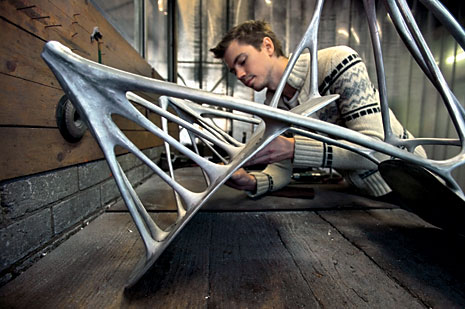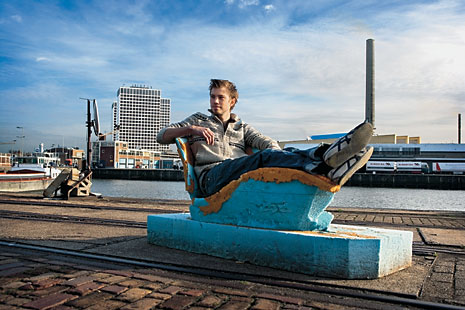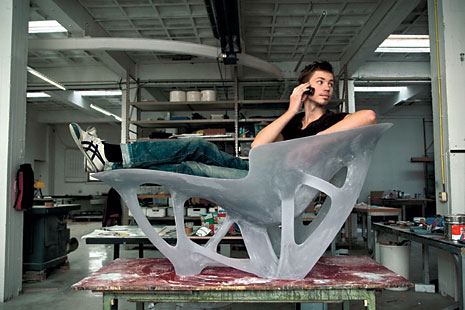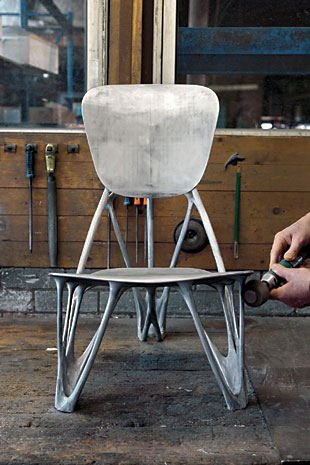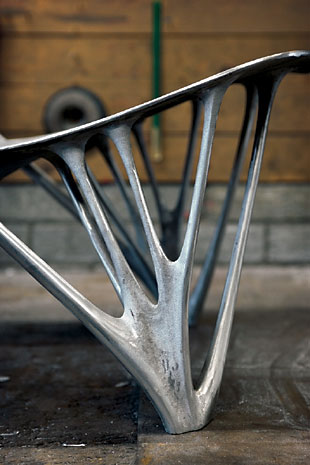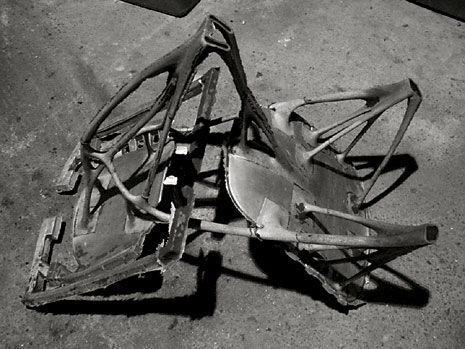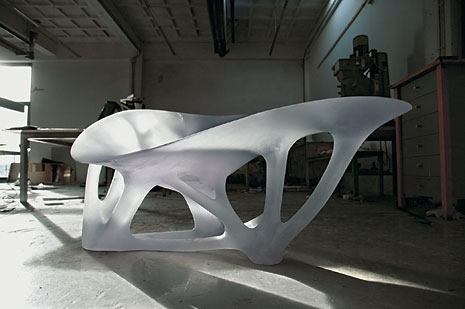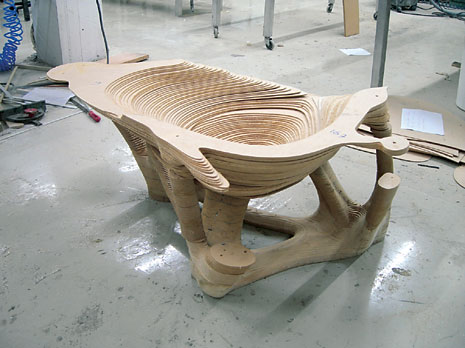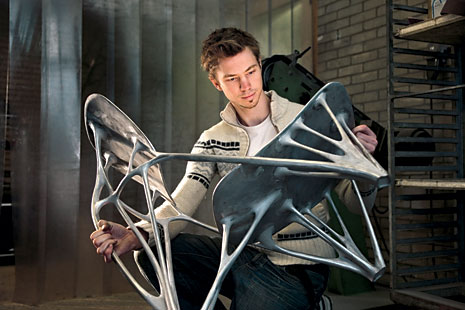Traditionally, craftsmanship is associated with the aura of the one-off, archetypal forms that show deliberate traces of the artisan who made them. In contrast, contemporary media are primarily associated with clever production methods and the austere forms of a functional approach. In the conflict between traditionalists and innovators, reviewers continually used the same arguments. During the 1990s, traditionalists received unexpected support from the design world’s vanguard, in so far as their techniques seemed to offer perfect answers to mass-produced “uninspired disposable products”.
Moreover, industrial production methods could now generate not only mass-produced items, but also refined, customised products as well. And labour-intensive, manual production became more affordable through relocation to low-wage countries such as China and India. Tradition and innovation were no longer opposites; instead, they had acquired new meaning in relation to each other (an approach firmly advocated by Hella Jongerius). Whereas the choice of technique (be it old, new or a combination of the two) was still very explicit in the 1990s, subsequent developments have led to another stage. Craft or high tech? Who cares! Whatever works, works.
The clash — or marriage — between old and new has created such a wealth of possibilities that, for the first time in history, we can fantasise about utter freedom in design. Day by day, the design community acquires new production methods and reclaims nearly forgotten traditional techniques. No visual language is now unthinkable. The latest Rapid Prototyping methods proclaim that the sky’s the limit, and it won’t be long before Rapid Manufacturing (a direct translation from digital information to physical objects without the in-between process of industrial reproduction) becomes reality.
With the exception of functionality constraints, we can envisage that technical limitations and traditional reproduction processes will no longer impede the creative design process. So, how do designers apply this newfound freedom? They explore new frontiers, new rationales. For instance by turning to nature, as many sculptors and architects have done. On top of that, beauty has always seemed an inherent quality of natural forms. And so Joris Laarman drew on nature with the help of a 3D programme (often used in car manufacturing) that calculates the exact dimensions of objects based on the natural growth processes of trees and bones.
The programme allows the designer to revolutionise the design process and optimise material allocation and weight. Laarman directs the whole process, of course, by setting the parameters, and his signature shows up in the final product. Nevertheless, he speaks explicitly of “rationalising” beauty because the responsibility for the shape is not solely his own. Unlike other designers, such as Frenchman Patrick Jouin, Laarman does not use Rapid Prototyping to produce his products but only for creation.
As is indicated by Jeroen Verhoeven’s Cinderella table recently acquired by the MoMA, the ensuing results testify in all respects to the openeing of a new creative era. Louise Schouwenberg
